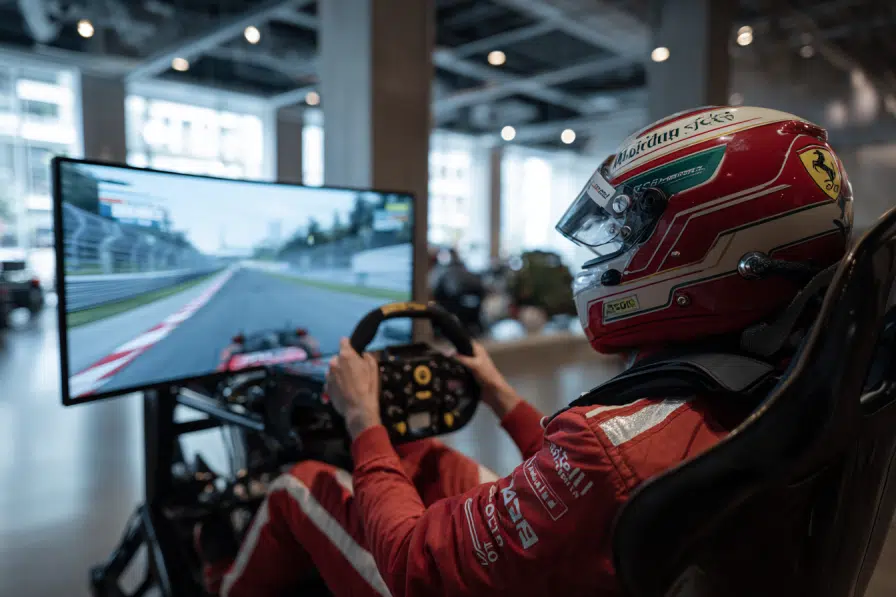NVIDIA and Synopsys have unveiled a virtual F1 circuit that could completely reshape the discipline.
Formula 1 is reaching a new milestone thanks to this collaboration. Together, NVIDIA and Synopsys are launching an ambitious educational project. This virtual F1 circuit opens new horizons for young engineers by combining cutting-edge technology with hands-on learning.
How does this innovation revolutionize learning?
This partnership is transforming the way students approach science and engineering. The digital F1 circuit is indeed becoming a unique educational tool. It allows students to explore complex concepts in an interactive and tangible way.
Why does simulation change the game for students?
Traditionally, teams had to build expensive prototypes that then took months to refine. With the digital F1 circuit, they can now test their ideas in just minutes. Students instantly see the impact of each design change on their car’s performance. This interactive approach makes learning more engaging, motivating, but also efficient.
The role of NVIDIA Omniverse in the digital F1 circuit
NVIDIA Omniverse plays a central role by linking simulations to a realistic virtual environment. Students can visualize in real time how airflow behaves around their car. This detailed rendering then helps them understand complex aerodynamic phenomena like drag and downforce. With the digital F1 circuit, students are training at a level close to that of professional engineers.
What role does Synopsys play in this educational project?
Synopsys provides students with access to some of the world’s most advanced simulation tools. More than 400,000 students across 65 countries are already benefiting. Normally reserved for top-tier engineers, these tools are now accessible to the next generation. This reflects Synopsys’ clear mission: democratizing innovation.
A digital F1 circuit preparing tomorrow’s talents
Beyond competition, this project also opens the door to exciting career paths. The digital F1 circuit equips young learners with in-demand skills for high-tech industries. It encourages creativity, teamwork, as well as scientific problem-solving.
Students learn to solve real-world challenges
Through these simulations, students must adapt their cars to various racing conditions. Every design choice has measurable effects on performance. They develop not only scientific rigor but also strategic thinking, two essential qualities for modern engineering.
How does this digital F1 circuit impact future careers?
Research shows that interest in STEM subjects frequently begins before high school. Therefore, giving early access to the digital F1 circuit helps nurture this passion. After all, students gain solid foundations in modeling, design, and analysis. These skills prepare them for advanced studies and future careers in engineering and technology.
Why does this initiative go beyond motorsport?
This virtual F1 circuit project is about more than racing cars. It’s a true revolution in STEM education. Students work with the same professional-grade tools used by world-class engineers. By bridging gaming and reality, the experience becomes not only innovative but also deeply motivating.

